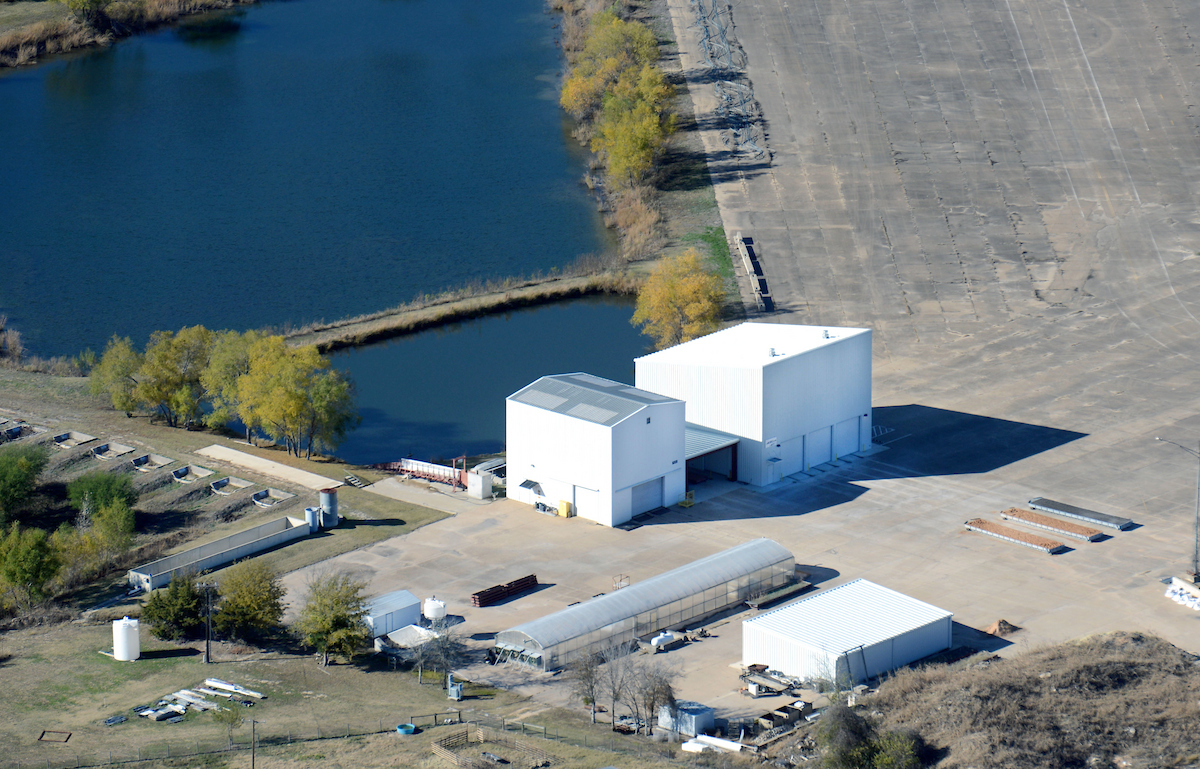The Texas A&M Transportation Institute’s (TTI’s) Sediment and Erosion Control Laboratory (SEC Lab) provides the transportation industry with a research and performance evaluation program for roadside environmental management. The program includes:
- Stormwater management,
- Erosion and sediment control product evaluation,
- Product research and development,
- Vegetation establishment and
- Industry training.
Operated by TTI’s Environment Group, key features of this 21-acre, full-scale, indoor/outdoor facility include:
- Indoor rainfall simulator,
- Physical properties testing lab,
- Vegetated natural soil embankment,
- Variable slope channel flume,
- Sediment control device evaluation facility,
- Concrete flume, and
- Pollinator test plots.
facts
Add a Title
Add a Title
Add a Title
Add a Title

